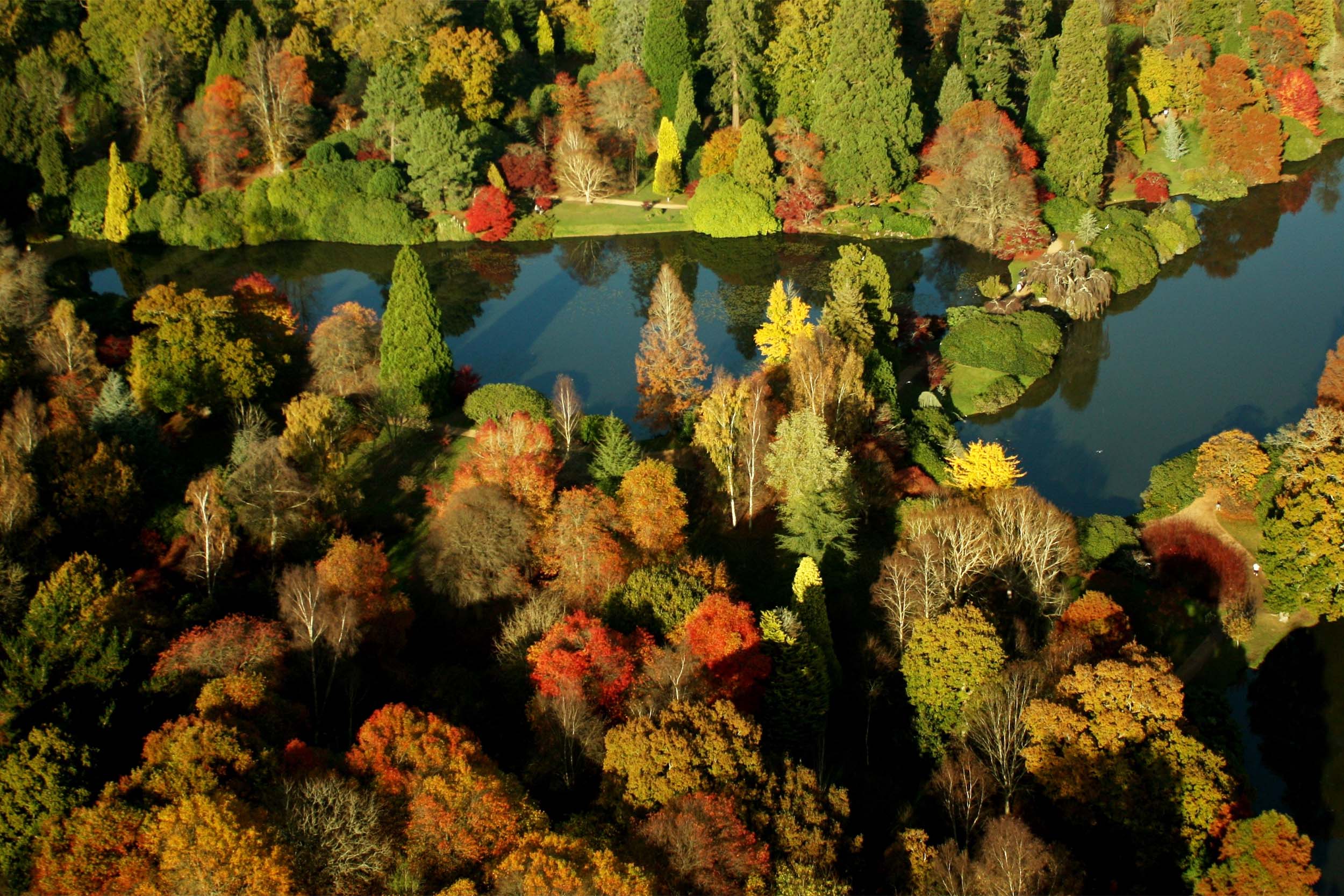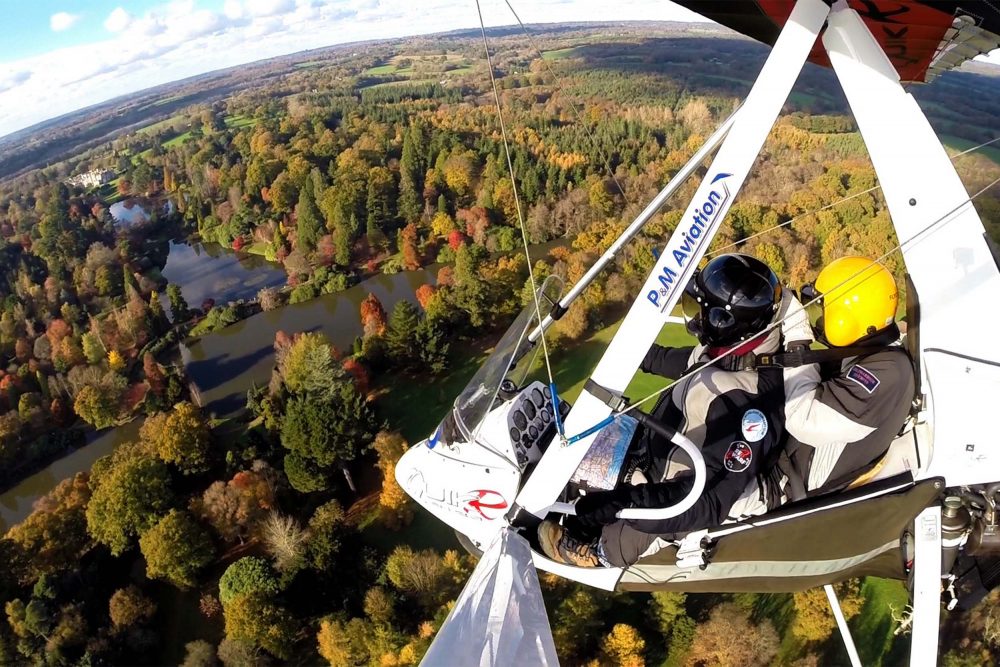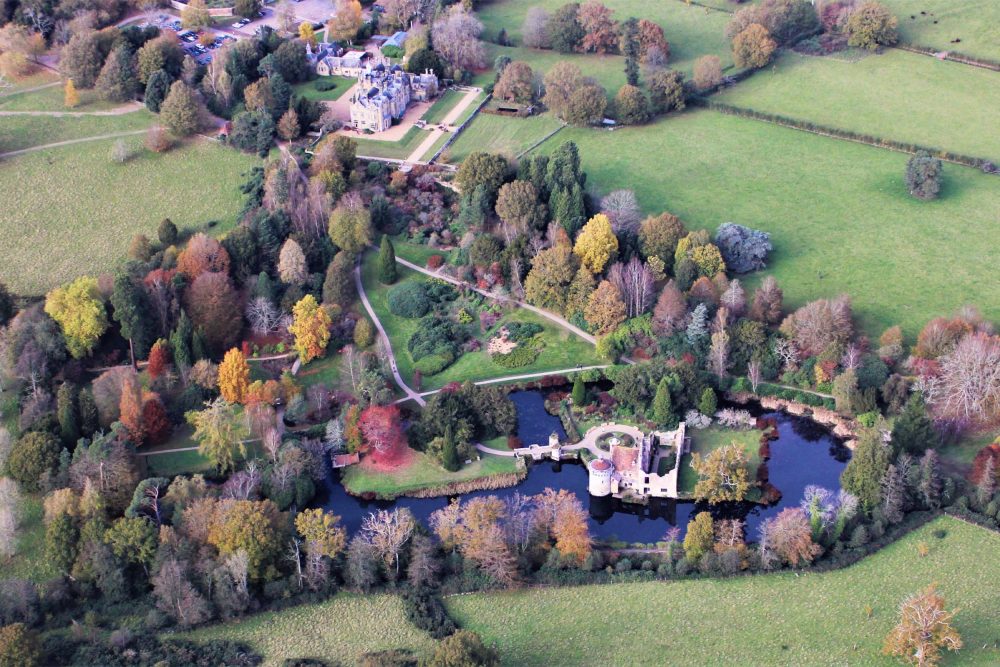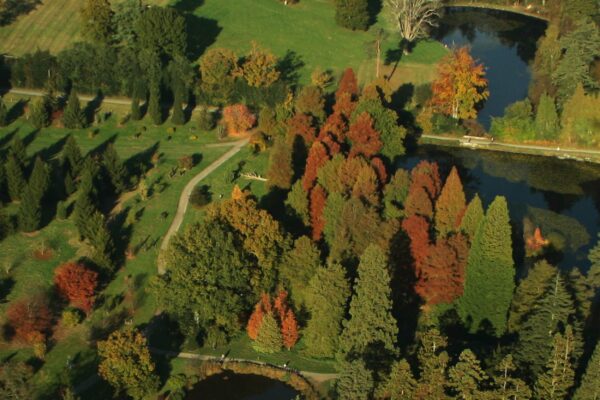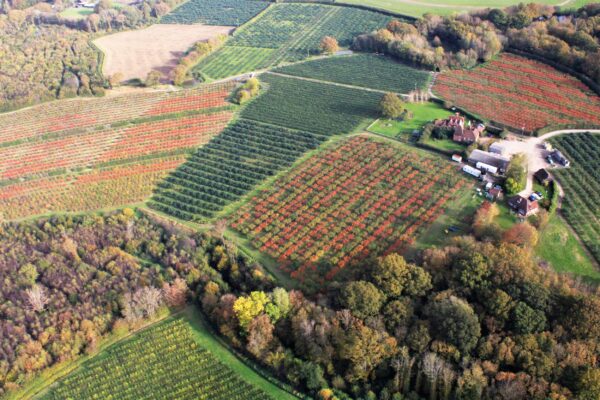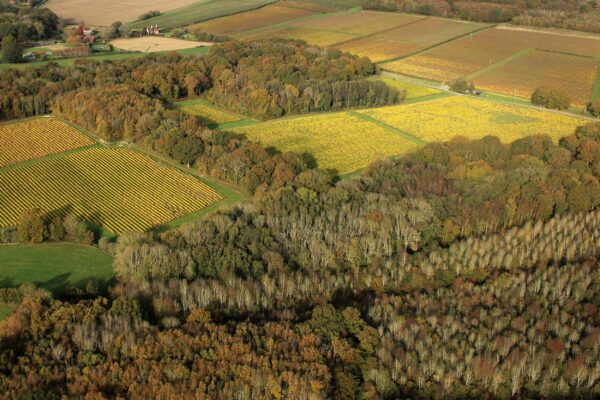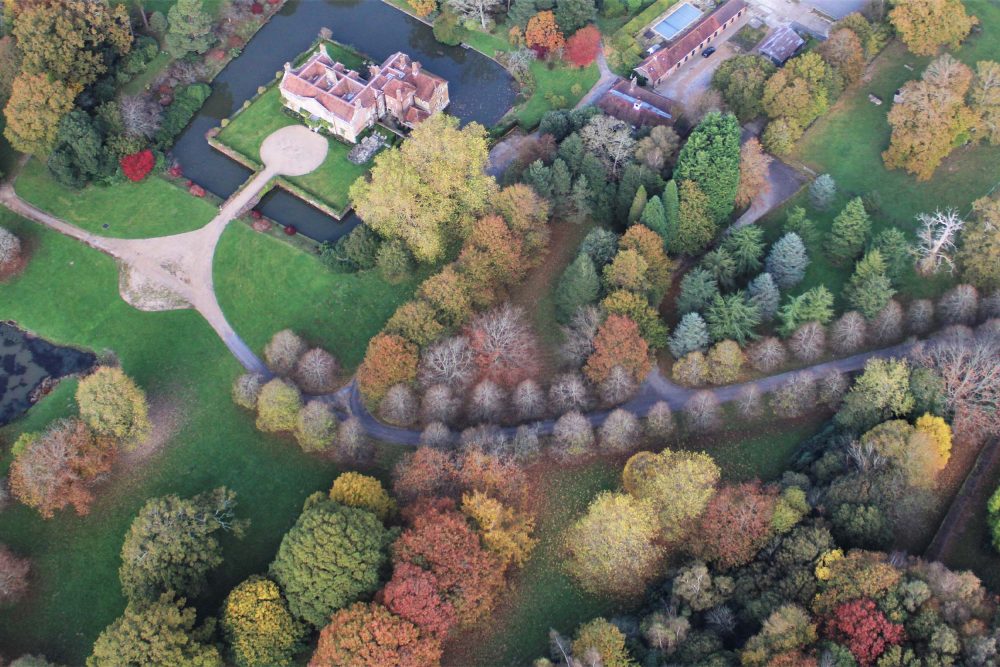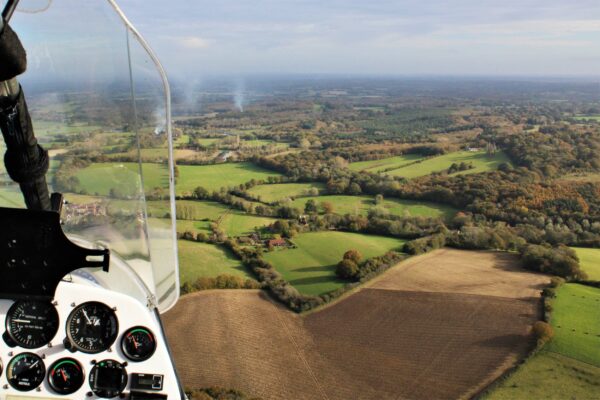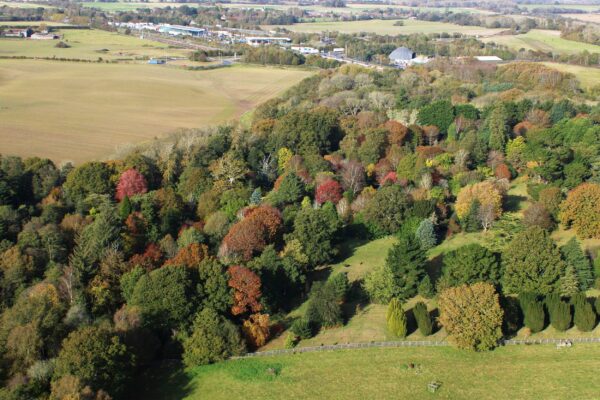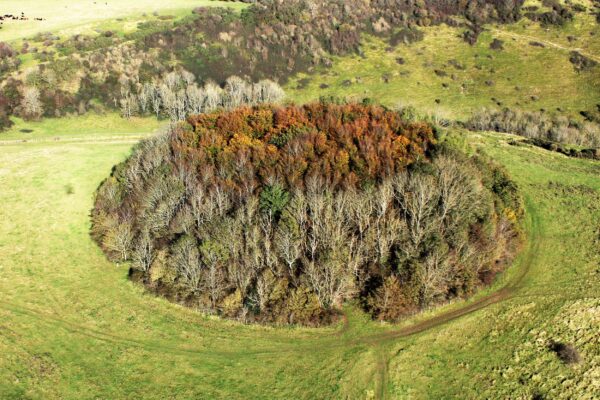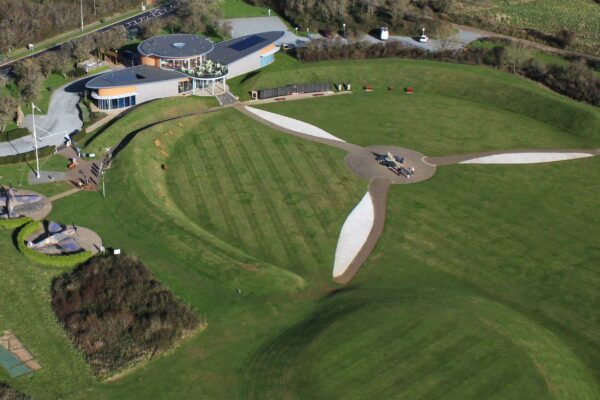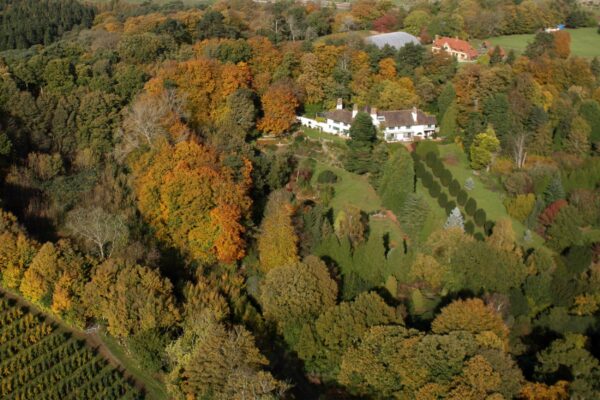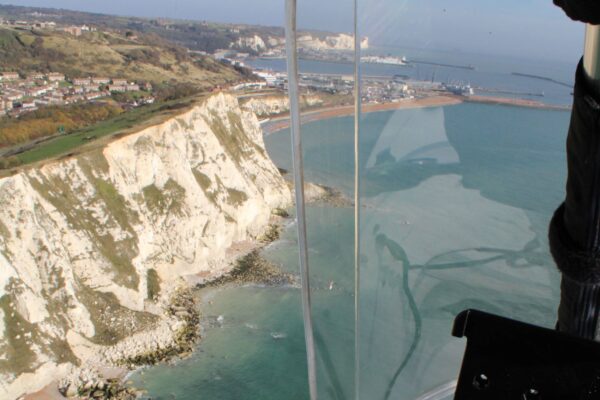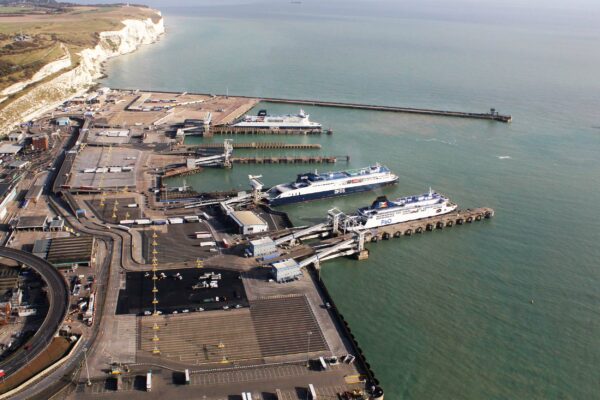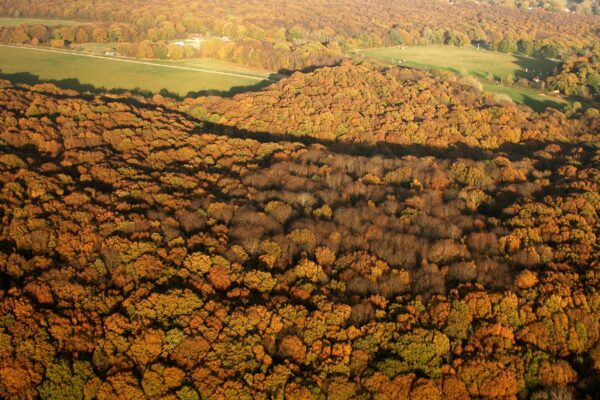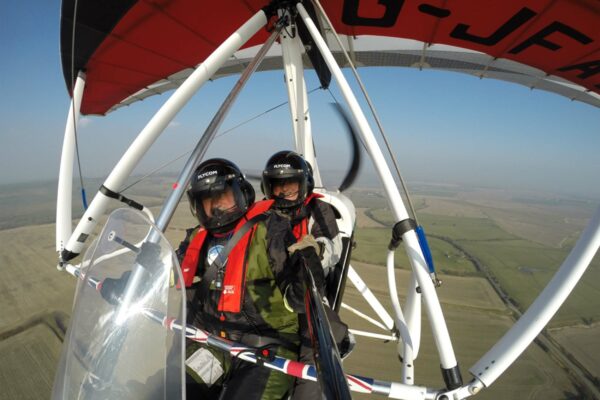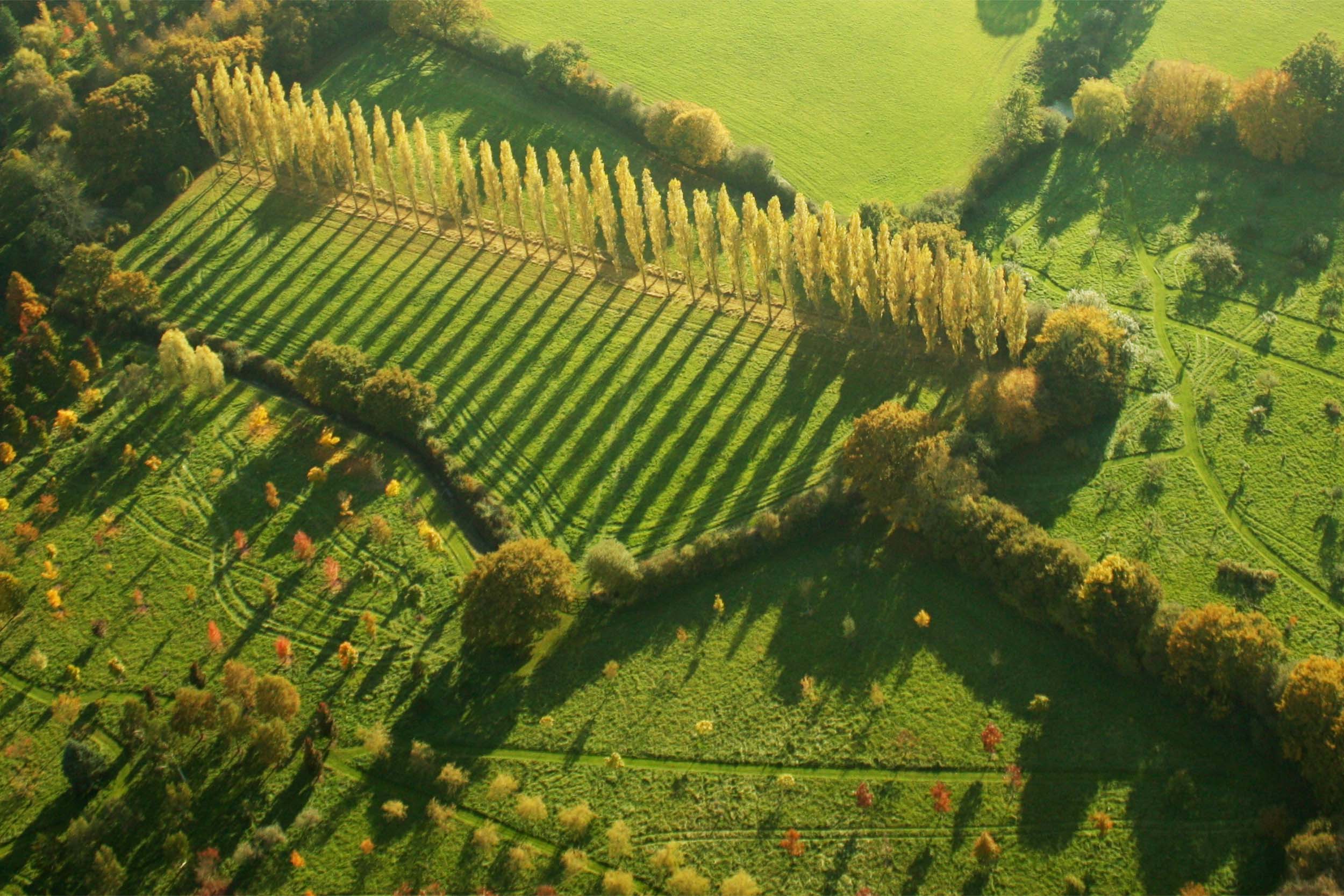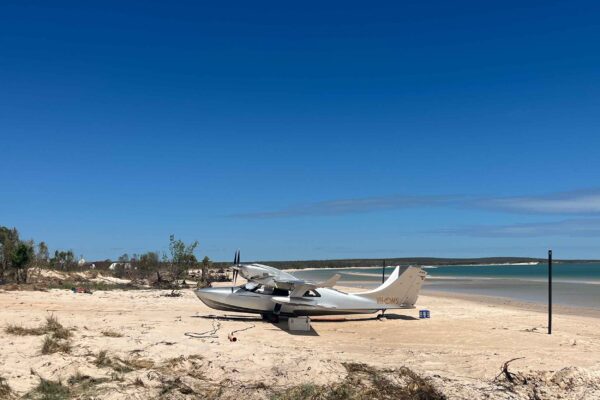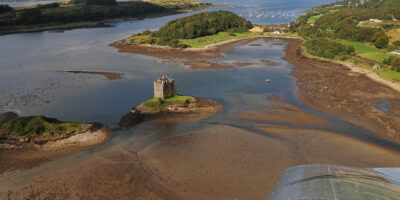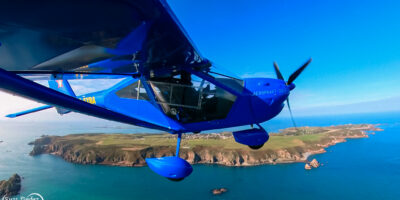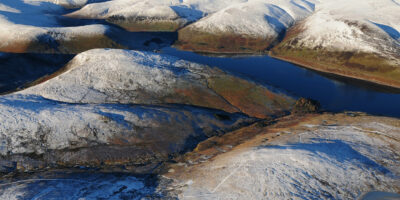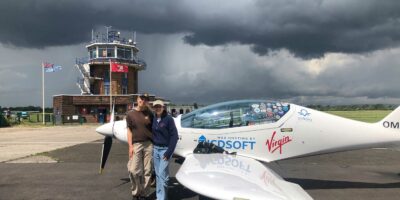If, like me, you are keen on aerial photography then autumn is a much anticipated opportunity to get some very different scenic shots. The Garden of England – Kent – can be truly glorious in autumn with all the orchards, gardens and woodlands dramatically changing hue and casting their long shadows.
For as long as I can remember Paul Brooker, my trusty co-pilot for the last 20 years, and I have been taking an autumnal flight around Kent in search of the best visual displays, but first you need a fine day to take good photographs – and the right aircraft!
Our steed is a P&M Quik R flexwing microlight. It’s a beast really with a 100hp Rotax 912S engine and a topless, strutted wing complete with winglets. We can comfortably cruise at 85mph and if you are in a hurry the magic (for a flexwing) ton is achievable. With the high power to weight ratio the aircraft will climb in excess of 1500fpm solo, and with a full 65lt tank you can comfortably fly for 3.5hr or 300 miles.
But the best thing, from a photographer’s point of view is… the view! From the front cockpit you have some excellent open air shooting areas either side of the screen.
When we are on a specific photographic sortie I will get Paul to fly from the rear seat via the additional instructor’s control bars. This is also the safest method as a good lookout can be maintained. We find the best height for detailed pictures is between 500ft to 1,000ft above ground level with airspeed of around 70 to 75mph to lessen the effect of the wind-induced camera buffet.
If you are interested in camera equipment, I use a Canon EOS 2000D SLR fitted with an 18-55mm zoom lens. I like to use the viewfinder, even when wearing a helmet with full visor, and I normally use the speed priority setting with a minimum 1,000th second shutter speed, as image sharpness is everything. I compensate for brightness by under-exposing by 2/3 stop and always use auto-focus. I seldom use much zoom as this increases the chance of blurring and post-shoot I use a basic photo editing programme to manually adjust the shots. I generally don’t use any effects apart from cropping, straightening and adjusting the exposure. And of course the golden rule – take lots of shots to ensure you get at least one that is satisfactory.


